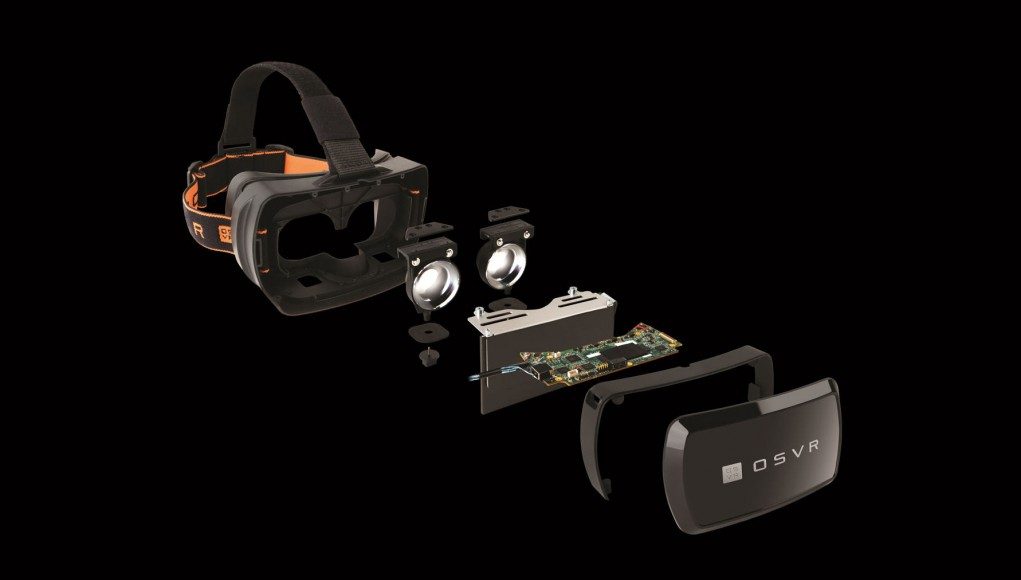OSVR’s newly announced HDK 2 packs a new display which brings a significant improvement in resolution and performance. The organization says they will make available a display upgrade allowing older HDK headsets to swap for the improved display.
When OSVR first launched the HDK (‘Hacker Development Kit’) headset, the promise was a modular, open-source, user-upgradeable VR headset. Staying true to that theme, the organization plans to offer a display upgrade which will bring the new and improved HDK 2 display to the HDK 1.x headsets.

The HDK 2 display has a 2160×1200 resolution, matching the Oculus Rift and HTC Vive, and is also OLED, allowing for a 90Hz refresh rate and low-persistence to reduce motion blur. OSVR says they worked directly with the panel manufacturer to optimize it for VR, claiming that their display is brighter than others even at the same level of low-persistence. Because OSVR is all about open-source, the company says the display component will be made available to any company that wants to make use of it, potentially opening the door for smaller players in the VR market to get their hands on a high performance VR panel.
For HDK owners, OSVR says the upgrade process for the new display will require a bit of ‘hacking’, likely requiring users to take apart their older HDK in order to install the new panel. So far there’s no word on when the display upgrade will be made available or what it might cost, but given the HDK 2’s reasonable $399 price tag, hopefully the display alone won’t run too much.







